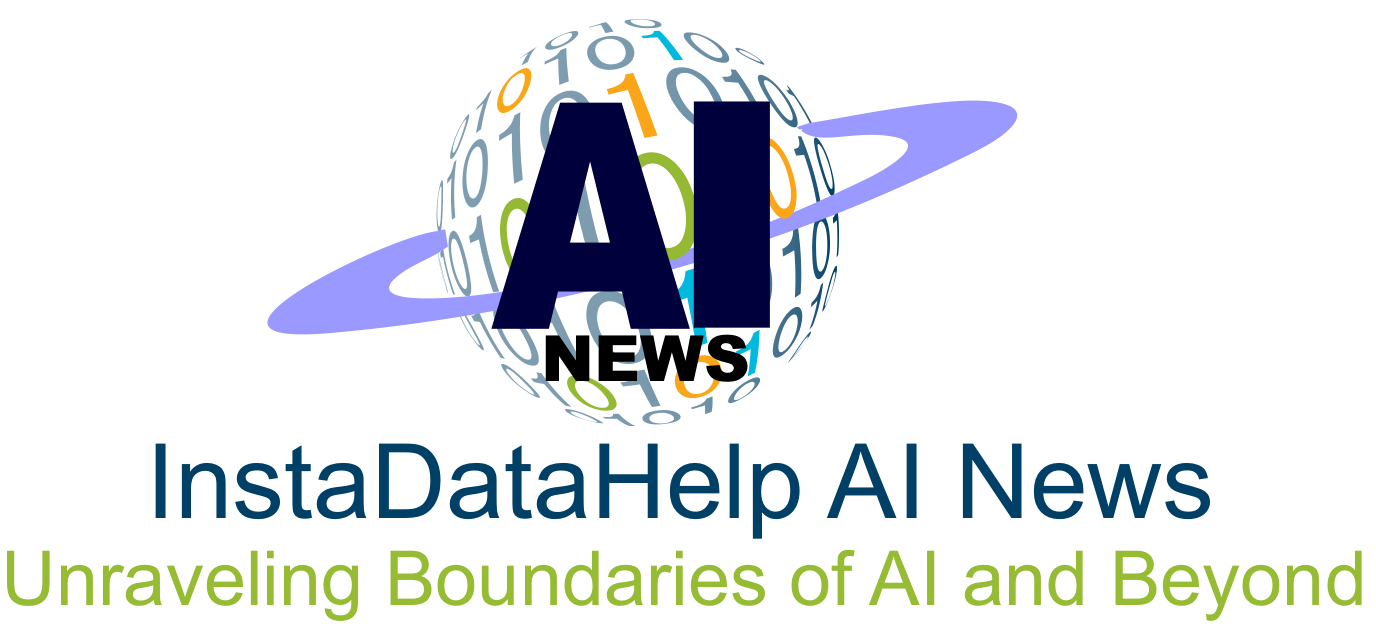In today’s data-driven world, storytelling has become an essential tool for engaging and persuading audiences. Whether it’s a sales pitch, a marketing campaign, or a presentation to stakeholders, the ability to effectively communicate data is crucial. This is where the power of visualization comes into play.
Data visualization is the art of presenting information in a graphical or visual format. It allows us to transform complex data and statistics into easily understandable and digestible visuals. By using charts, graphs, maps, and other visual elements, we can convey information and insights in a way that engages and captivates our audience.
But data visualization is more than just creating pretty charts. It’s about telling a story with data. It’s about using visuals to guide the audience through the data, helping them understand the narrative and draw meaningful conclusions.
One of the key aspects of storytelling through data visualization is selecting the right visual representation for the information at hand. Different types of data lend themselves to different types of charts or graphs. For example, if you’re trying to compare quantities, a bar chart or a line graph might be the best choice. If you’re trying to show the relationship between different variables, a scatter plot or a bubble chart might be more appropriate.
In addition to choosing the right visual representation, storytelling through data visualization also involves structuring the information in a way that guides the audience through a logical flow. Just like a traditional story, a data story needs a clear beginning, middle, and end. It should have a clear message or main point that is supported by the data.
To engage and persuade through data visualization, it’s important to consider the emotional impact of the visuals. Colors, fonts, and overall design choices can evoke certain emotions and influence how the audience perceives the information. For example, using warm colors like red or orange might create a sense of urgency or excitement, while cool colors like blue or green might create a sense of calm or trust.
Another important aspect of storytelling through data visualization is interactivity. With the advancements in technology, we can now create interactive visualizations that allow the audience to explore the data on their own. This not only increases engagement but also empowers the audience to draw their own conclusions and make informed decisions.
Ultimately, storytelling through data visualization is about making information accessible and impactful. It’s about transforming raw data into a narrative that resonates with the audience. By using visuals to engage and persuade, we can unlock the power of data and drive meaningful action.
